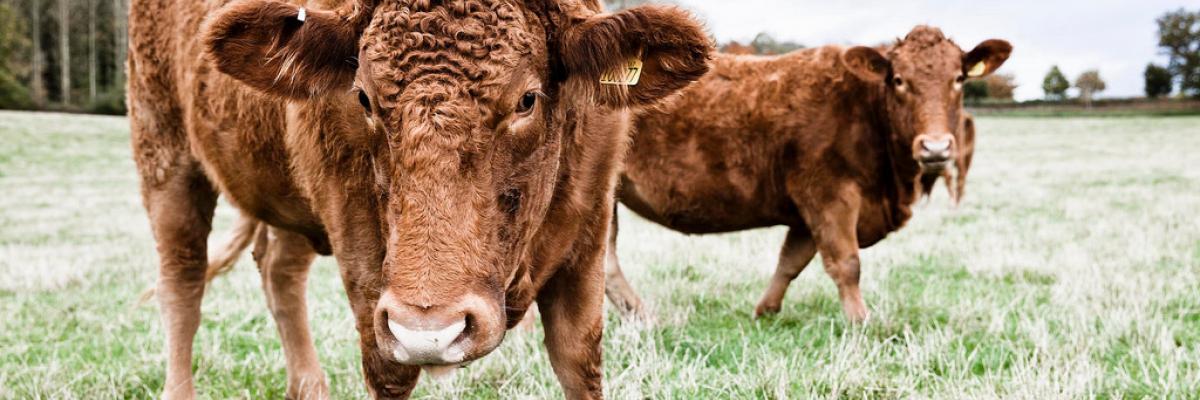
Tried & Tested: Feed planning for cattle and sheep
Download the PDF
This tool produced by the Tried & Tested Professional Nutrient Management Group encourages a ‘whole farm’ approach where you are ensuring that the money you spend on forage and feed brings maximum returns, whilst also working to encourage animal health and reduce nutrient losses and potential negative environmental impacts. It provides practical information in a step-by-step guide to help you identify the energy requirements of your livestock using an energy balance sheet, accounting for what can be grown on-farm and what feeds you may need to buy in.
The aim behind it is to allow livestock farmers and advisers to take a fresh look at feed planning to see how it might be improved. It suggests that you use it alongside other Tried & Tested publications to help you integrate the use of feeds in to your whole-farm nutrient plan (incorporating your crop nutrient management plan and soil condition improvement measures).
- To have an efficient system producing optimum animal performance and minimal detrimental environmental impacts, you need to balance the amount and quality of homegrown forages and bought-in feeds with animal production requirements.
- You should look first at what your livestock needs to eat to be productive, then how much of this you can produce on the farm (assessing your grassland quality).
- Your livestock will only be healthy if all their nutritional needs are being met and will only make optimum use of their feed if they are healthy.
- The guide takes you through a ‘check list’ of different areas: a broad look at your system; calculating the energy requirements of stock over a year of production; working out current feed conversion efficiency; establishing the nutritional content of grass, silage, forages and brought-in feeds; monitoring stock performance to make sure the feeding regime is right for the system; working out a whole-farm feed plan (which includes balance sheets you can print); and setting improvement targets. There are also sections on the relationship between nutrition and animal health and the impacts of poor feed planning on the environment. Interspersed throughout are useful summaries of the measures you can use, challenges, and rules of thumb.

